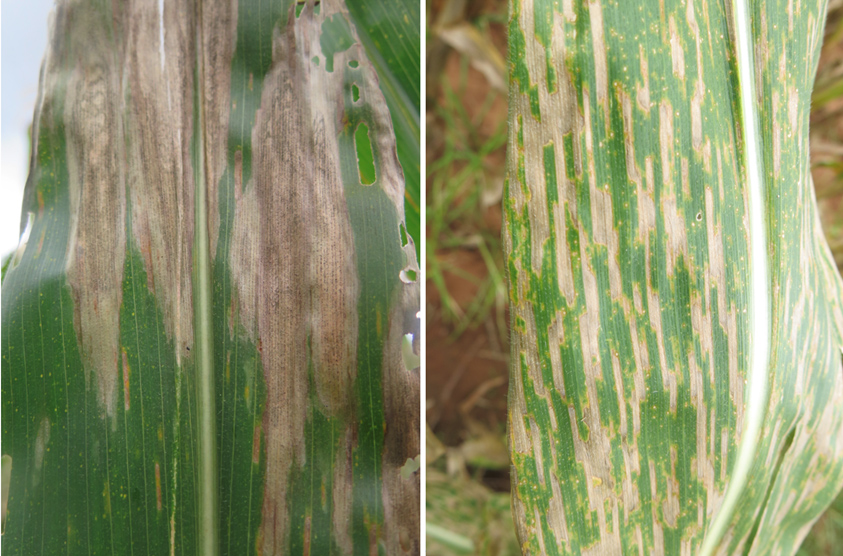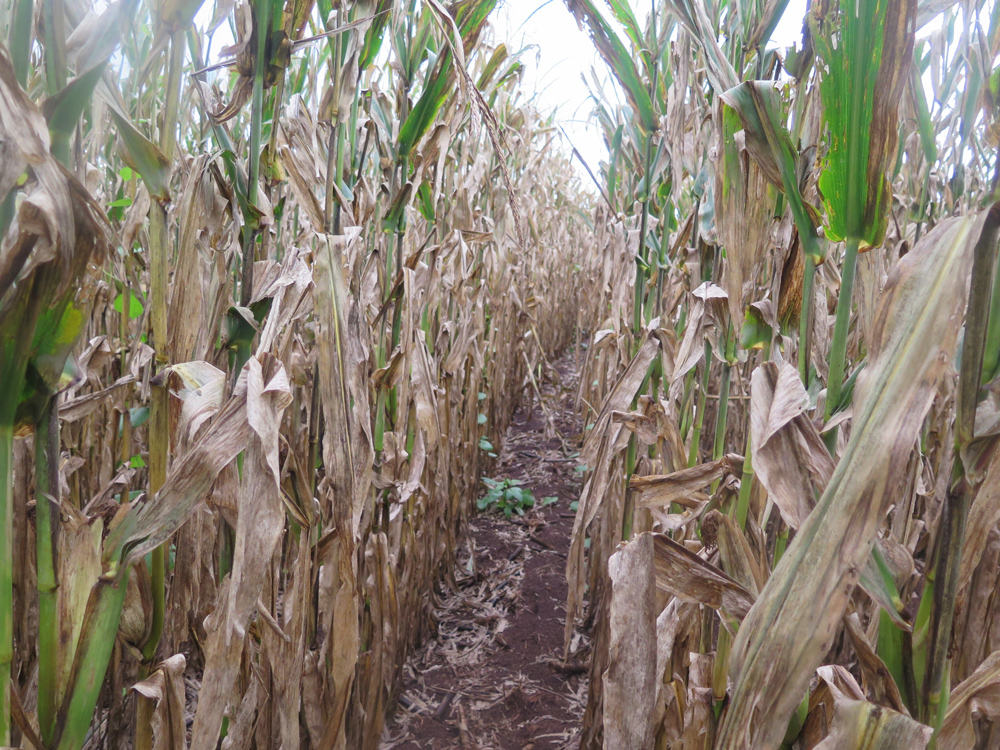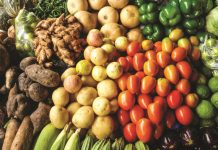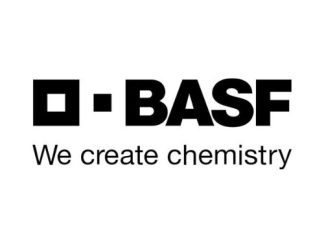
Grey leaf spot (GLS) and northern corn leaf blight (NCLB) are two significant foliar diseases affecting maize in South Africa. Both diseases generally do not impact yield significantly if infections occur after physiological maturity (R5 to R6).
GLS thrives in warm, humid conditions, causing grey lesions that reduce photosynthesis, while NCLB develops in cool, moist environments, producing cigar-shaped lesions that weaken plant defences. Both diseases are favoured by late-season rainfall and require integrated management practices, including the use of resistant hybrids, crop rotation, and fungicide applications to minimise potential yield losses.
In South Africa, GLS and NCLB have been particularly concerning in KwaZulu-Natal (KZN), where the diseases have caused extensive damage. Recently, however, increased prevalence in the Piet Retief area has been noted and it now seems to be increasing in the Highveld.

Photo: Dr David Nsibo, University of Pretoria
The rise in disease occurrence can be attributed to several factors:
- Environmental conditions that are conducive to disease development.
- Cultivar selection: If producers are aware of disease pressure in a particular region, they must consider using resistant cultivars alongside yield performance.
- Inoculum build-up by growing maize in the same area for consecutive years can increase disease pressure.
- Volunteer maize and weeds: Leftover maize and weeds like Johnson grass from previous harvests can contribute to inoculum buildup.
- Spray programmes: Producers in KZN often implement up to three spray programmes per season, while other regions may apply fungicides only once at the six-leaf stage.
High inoculum levels can lead to widespread infection. In such cases, if producers opt for a higher-yielding but less-resistant cultivar, a second spray application may be necessary, though this requires specialised equipment.
NCLB and GLS are well-understood and manageable diseases in South Africa, and their increased incidence in the Highveld is unlikely to significantly impact overall maize production. However, severe infections during the critical stages of tasselling (VT) to grain fill (R2 to R3) could affect individual producers, particularly in terms of reduced yield or quality. Extra spray programmes also add significantly to the production cost of producing maize in these areas.

Photo: Dr David Nsibo, University of Pretoria



















